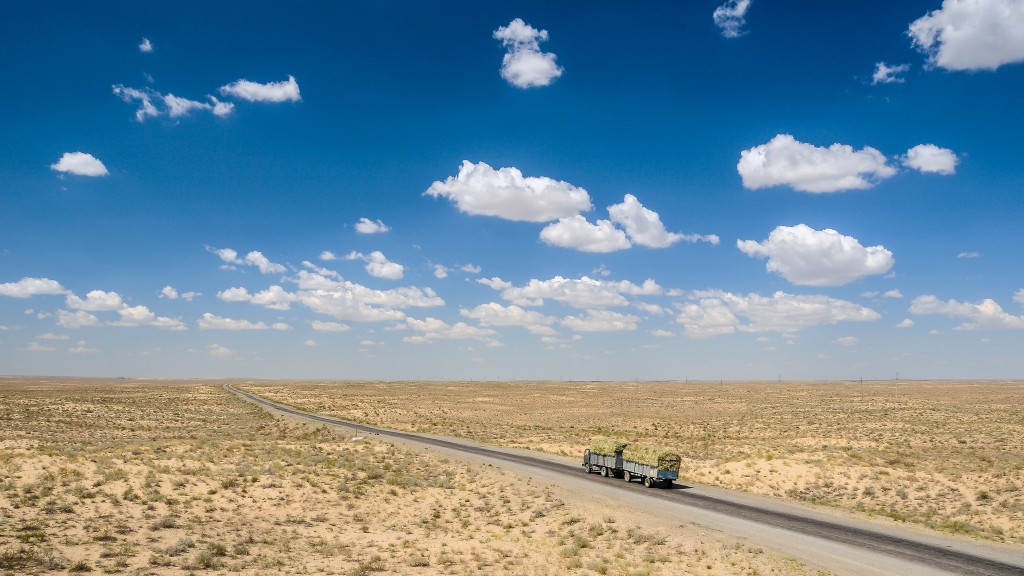In 2013, the president of China, Xi Jinping vigorously announced the most ambitious plan ever proposed by any country. It was, of course, the One Belt, One Road Initiative. The momentous plan seeks to reinvigorate the Silk Road for modern times. The belt portion of the plan is a land route that retraces, in large part, the original Silk Road, while the road portion is a sea route that connects many key ports. The plan would link over 70% of the world’s countries together in a plan that would work with many different governments to provide massive infrastructure developments all over Eurasia, enabling China to be at the center of a vast boom in international commerce.
The plan would of course, go through some very unstable regions that do not have the capacity to finance the projects themselves. In most of these cases China agrees to pay for a large part of the proposed project while Chinese state owned banks provide favorable loans to the local government to pay for the rest. Infrastructure on a massive scale like this can lead to dramatic quality of life improvements for those in developing areas. Things like access to education, clean water, and higher quality goods at lower prices will have a marked effect on the development of these places and will likely lead to even more trade and flows of money.
The good news is that because transportation costs from China to Europe and beyond will decrease by a stark amount. The proposal will connect many areas that are eager to enter the global economy through buying and selling. The new markets that will become available to people that have goods manufactured in China are undoubtedly valuable. It is also likely that the influx of raw materials from surrounding countries coming into China will decrease manufacturing costs. Many of these effects point to the fact that now is a great time to engage in commerce with China. Consider outside help when starting a business venture involving China.

